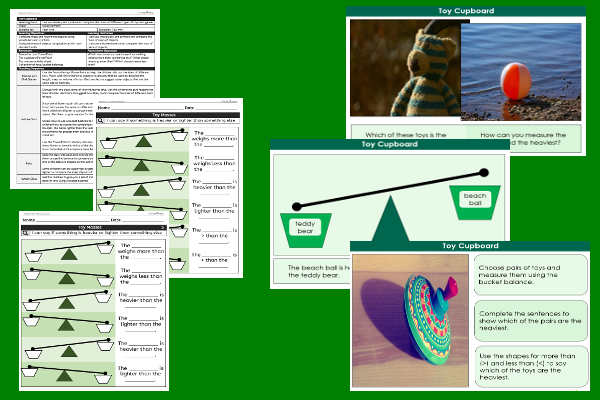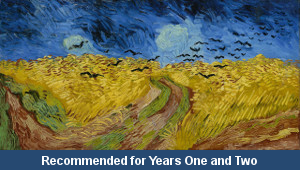Lesson One – Toy Cupboard

This maths teaching pack for Key Stage One gets the children to identify and model how select and use vocabulary words and symbols to compare the mass of different types of toys and games.
The class can use a bucket balance to help measure and compare the mass of different pairs of objects so that they can be differentiated between heavy and light mass sizes.
Download this teaching pack including a lesson plan, classroom activities and an interactive presentation to identify and model how select and use vocabulary words and symbols to compare the mass of different types of toys and games
Activities in this teaching pack include a differentiated set of worksheets to record how to use vocabulary words and symbols to compare the mass of different types of toys and games on a bucket balance to match the words heavier and lighter using pictorial diagrams.
The interactive presentation gets the children to explore how to use vocabulary words and symbols to compare the mass of different types of toys and games.
This lesson is part of a maths scheme of work to get the children to estimate, measure and compare the mass of different sized objects using standard units of measurement for grams and kilograms. There are teaching activities for shared learning, differentiated worksheets to support independent learning and interactive presentations to introduce concepts and key skills.
-

Digraphs Word Sums
Investigate the spellings and meanings of different sets of words with a range of initial consonant digraphs
-

Van Gogh
Investigate and replicate the work and painting style of a famous artist from the past by producing a matching landscape of the school building
-

Harbour Labels
Practise structuring and formatting different word processed documents to describe a range of ships and boats seen in a harbour
-

Islam
Explore and illustrate some of the different stories, beliefs and practices of the Islamic religion including special festivals and sacred texts
